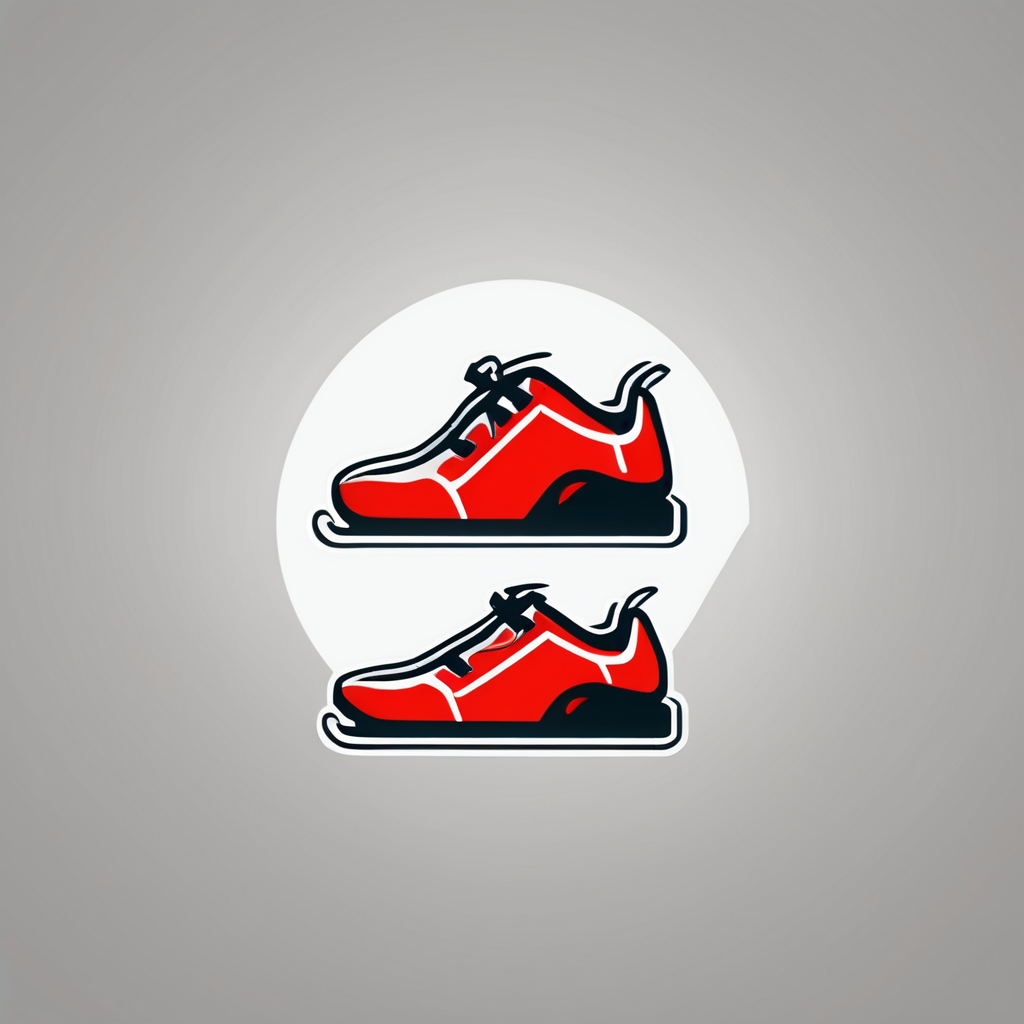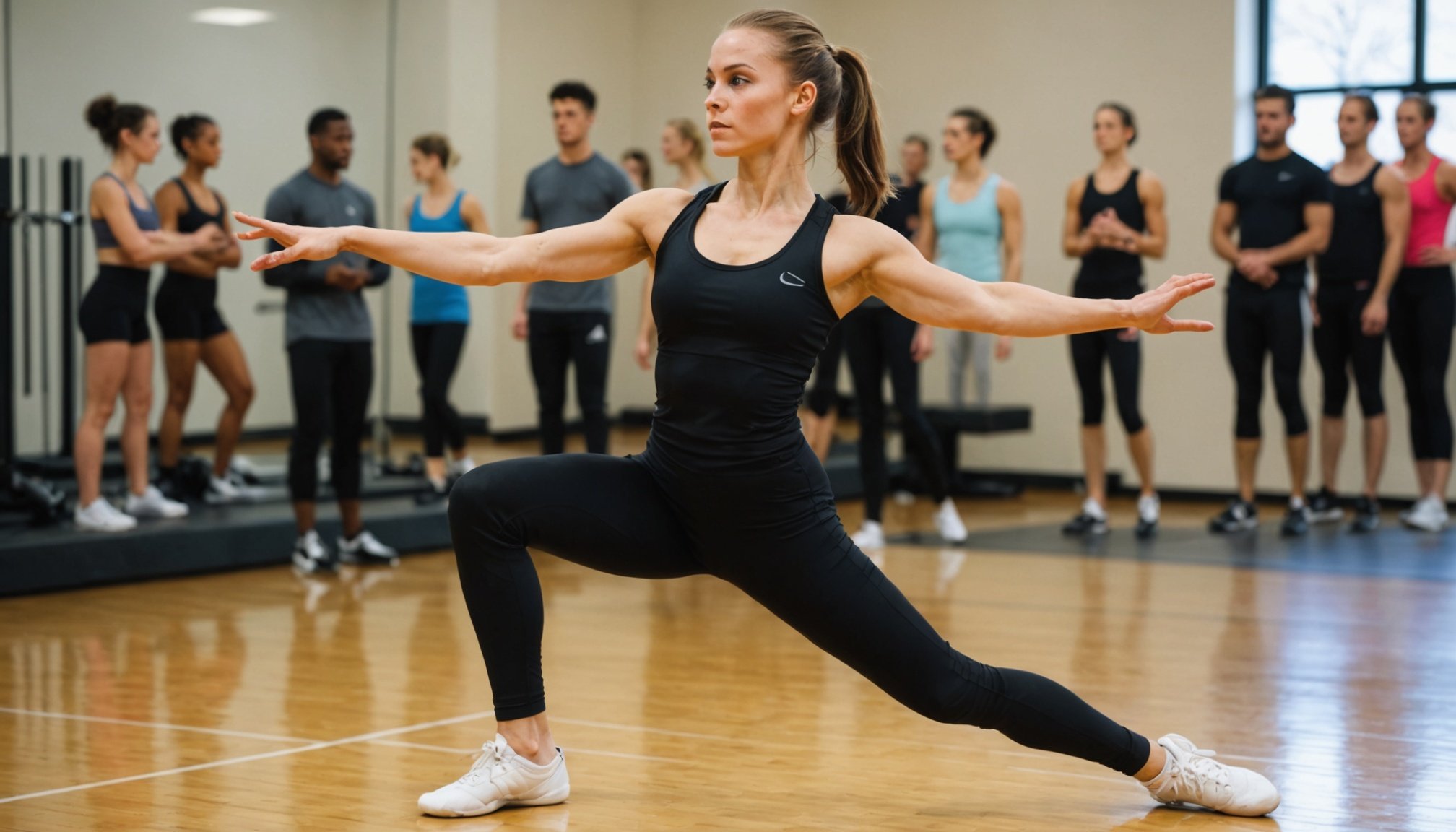Importance of Physical Conditioning in Dance
Physical Conditioning is a critical aspect of maintaining Dance Health and plays a crucial role in Injury Prevention. Conditioning not only enhances performance but also ensures longevity in a dancer’s career. Dancers face numerous physical demands, from intricate footwork to maintaining balance during rapid turns. These demands can significantly impact their bodies over time, potentially leading to injuries if not managed properly.
Different dance styles, be it ballet, modern, or hip hop, exert varying stresses on the body. For instance, ballet requires sustained pointe work, increasing pressure on the lower extremities. Such repetitive movements can lead to overuse injuries. Hence, tailored conditioning programs are essential to manage and mitigate these demands.
Also read : Enhancing Athlete Excellence: How Sports Nutrition Fuels Success in Competitive Events
A well-structured conditioning regime focuses on strengthening core muscles, improving cardiovascular endurance, and enhancing flexibility. Strengthening exercises, such as planks and lunges, improve core stability, essential for executing dance moves with precision. Flexibility routines, incorporating stretches, aid in maintaining joint mobility, reducing injury risks. Moreover, cardiovascular exercises like running or swimming boost endurance, preventing fatigue-related injuries.
Incorporating a comprehensive conditioning plan dedicated to addressing the specific physical requirements of different dance styles is indispensable for supporting dancers in achieving heights in their performance while prioritising their health and safety.
Also to discover : Maximizing Athletic Potential: How Wearable Tech Transforms Training and Progress Monitoring
Common Overuse Injuries in Dancers
Dance Injuries, particularly overuse injuries, are a significant concern in maintaining dancer health. Conditions like tendonitis and stress fractures frequently arise due to repetitive strain. For example, tendonitis in the Achilles tendon is common from repetitive jumping, while stress fractures in the foot can develop from excessive pointe work. Each dance style poses its own risks, contributing to different injury profiles. Recognising injury signs early, such as persistent pain and swelling, is vital. Swelling, reduced range of motion, and tenderness at the injury site signal potential overuse injuries.
Specific movements within dance contribute to these injuries. Ballet’s intense footwork can stress the lower extremities, leading to issues like shin splints. In contemporary dance, floor work may put stress on the wrists and elbows. Understanding these connections aids in injury prevention—knowing the common indicators empowers dancers to seek early intervention.
To combat these issues, dancers should focus on balanced conditioning. Incorporating rest periods and alternating high-impact with low-impact activities promotes recovery. By addressing the unique demands of each style and being vigilant about symptoms, dancers can preserve their health and continue performing at their best.
Effective Conditioning Strategies
Enhancing a dancer’s performance and reducing injury risk is rooted in adopting effective conditioning strategies. These strategies focus on developing core strength, flexibility, and incorporating cross-training activities. Dancers should tailor their programs to suit individual dance styles.
Strength Training Techniques
Strength training is vital for dancers aiming to improve stability and control. Focus on exercises that build core muscles, essential for executing precise movements. Incorporating plank variations, lunges, and squats targets different muscle groups, enhancing overall balance and control.
Flexibility and Stretching Routines
Injury prevention hinges on flexibility. Dynamic stretching, performed before workouts, improves mobility by warming up muscles. In contrast, static stretching is best utilised post-dance to aid in relaxation and elongation of muscles. Dancers may benefit from incorporating yoga and Pilates to augment their flexibility routines.
Cross-Training Benefits
Dancers can optimise their conditioning program by engaging in cross-training. Activities like swimming, cycling, and Pilates complement dance by enhancing cardiovascular health and muscular endurance. These not only diversify fitness routines but also provide much-needed rest to overused muscle groups, minimising injury risks.
Tailoring a conditioning regimen to include these elements enhances a dancer’s ability to perform effectively while ensuring long-term health and well-being.
Injury Prevention Techniques
Injury prevention is a critical component of a dancer’s training regimen, requiring careful attention to recovery strategies and self-care. Allowing the body time to rest can prevent the onset of overuse injuries, which are prevalent in intensive dance schedules. Alternating high-intensity sessions with rest days ensures muscles can repair effectively.
Incorporating self-myofascial release, using tools like foam rollers or massage balls, helps to alleviate muscle tightness. Rolling out muscles regularly increases blood flow, aiding recovery, and maintaining flexibility. Massage therapy can further improve circulation and support muscle health, offering relief from the rigours of dance practice.
Nutrition plays a pivotal role in a dancer’s ability to perform and recover. A well-balanced diet rich in protein, healthy fats, and carbohydrates fuels the muscles, aiding in repair and growth. Incorporating foods like lean meats, nuts, and whole grains provides the needed energy and nutrients to sustain long dance hours. Staying hydrated is equally crucial to maintaining bodily functions and preventing cramps.
By focusing on these recovery strategies, dancers can support their performance while minimising the risks of injury, ensuring they sustain their practice efficiently in the long run.
Building a Supportive Dance Environment
In the realm of dance, fostering a supportive dance community is vital for maintaining both physical and mental health. Such an environment not only aids in injury prevention but also enhances overall well-being. Dancers benefit from exchanging experiences and insights openly, significantly reducing the stigma associated with injuries.
Peer Support plays a crucial role in this dynamic. By sharing challenges and triumphs, dancers cultivate a network of understanding and empathy. This camaraderie encourages individuals to address injuries and seek timely intervention, often deterring minor issues from becoming major setbacks.
Moreover, resources catering to mental and emotional support are indispensable. Dance, with its physical rigor, can sometimes take a toll on a dancer’s mental health. Having access to professional guidance and support groups can prevent burnout and enhance resilience. Consider establishing dedicated spaces for mental wellness, where dancers can express concerns and seek advice without judgement.
Encouraging dialogue about injuries and providing avenues for emotional support create a nurturing environment that values each dancer’s health. This holistic approach not only bolsters individual performers but strengthens the entire community, ensuring dancers thrive both physically and mentally.
Educational Resources and Tools
Acquiring knowledge from dance education resources is key to sustaining a dancer’s health and skill. Workshops focusing on injury prevention provide an interactive platform for dancers to hone their skills while learning techniques to protect their bodies. Available globally, these workshops often feature experts who equip dancers with the latest strategies in physical conditioning.
Online Resources are incredibly beneficial for dancers seeking flexibility in their learning schedules. Platforms offering diverse instructional videos allow dancers to explore various conditioning techniques and routines at their own pace. These resources include anything from detailed tutorials on specific dance moves to comprehensive conditioning programs designed to cater to different dance styles and needs, making them ideal for both beginners and seasoned dancers.
Recommended books and articles also contribute substantially to a dancer’s educational toolkit. Literature focusing on dance health, such as “Dance Anatomy” by Jacqui Greene Haas, provides insightful information and visual guides that help in understanding the anatomy behind dance movements. These readings serve to deepen a dancer’s understanding of their body mechanics and the importance of proper conditioning.
By leveraging these resources and tools, dancers can cultivate an informed approach to injury prevention and optimize their performance through education.






